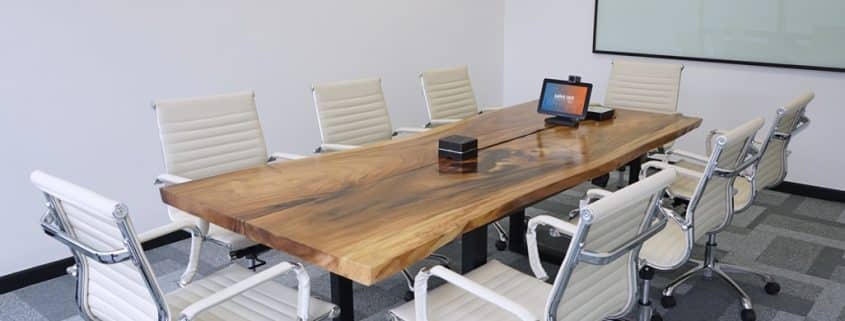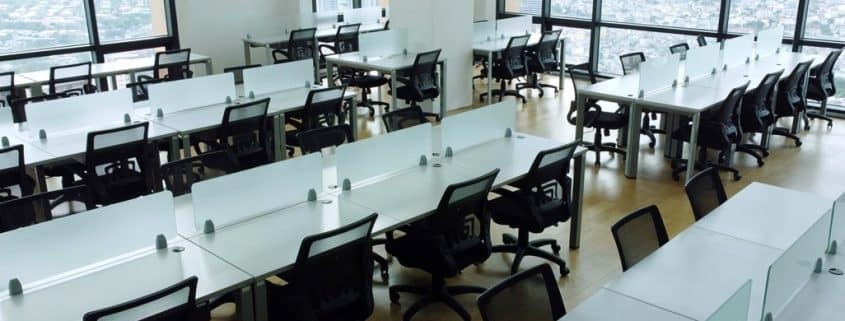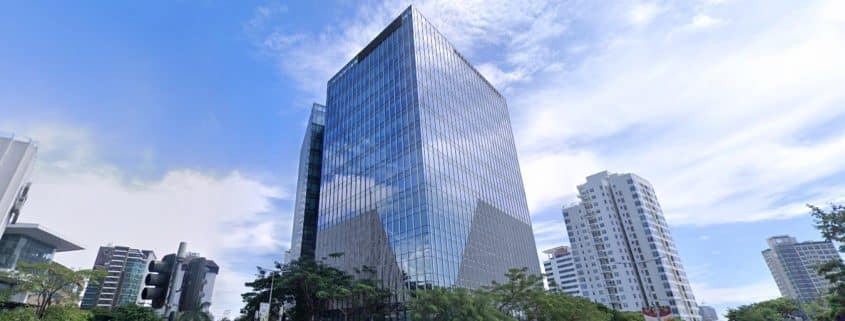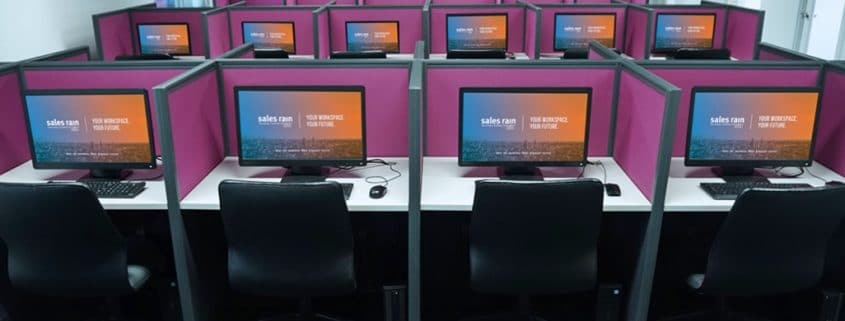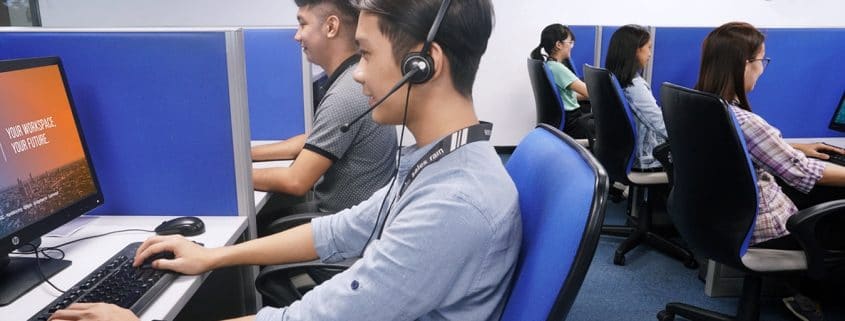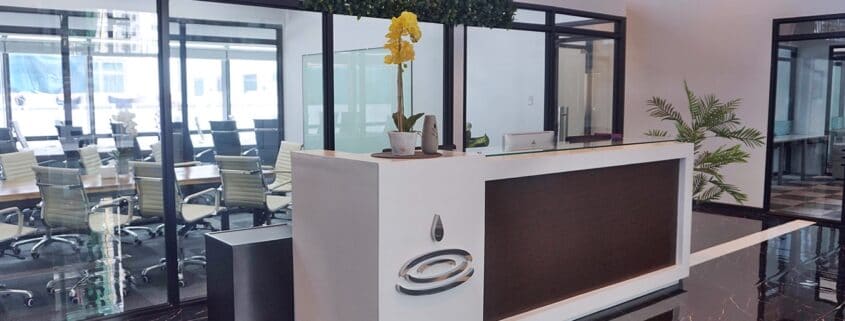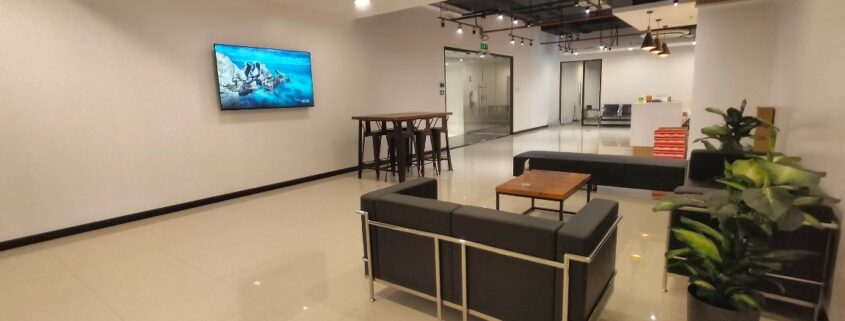Everything you need to know about Serviced Offices in Makati
Believe it or not, you can save on resources and still avail of top-class, fully-fitted, ready-to-move-in office facilities with all kinds of services. Securing all these features is possible when renting a serviced office in Makati with a customizable office solution. The city remains one of the most sought-after places in terms of strategic locations for doing business. It is a trending concept where business owners are shifting from investing in commercial spaces to renting one with all the fully equipped services offered.
Let us learn more about the concept of serviced offices in Makati first.
What is a serviced office?
Imagine you have bought an empty commercial space, perfect for your business purposes. What will you need to make it a full-fledged office? The investment in procuring all the elements of an office infrastructure will drain out your financial strength.
Now that you have defined the image of a modern office, imagine you can hire a workspace with all those facilities preinstalled by simply paying a monthly service charge known as a serviced office. The best part is that you will have to pay for what you have chosen.
Advantages of serviced offices
Serviced offices offer professional and productive work environments to fit businesses of all dimensions and budgets. Only pay for the space and services you need.
Let us find out why modern professionals and companies favor such options more.
- Highly flexible
What if you have invested in a commercial space and need more space? What if you have to trim down your expenses? For all these reasons, the serviced office spaces are ideal to choose from. You can increase or decrease your requirement based on your current needs and make proper financial decisions without causing stress.
- Managed non-business services
When you rent a serviced office in a leading location, there is no need to waste your time and money on arranging non-business services such as reception, concierge, premise maintenance, security, etc.
The service provider arranges everything a modern business needs and compiles the best affordable packages. You can choose a service package and customize the services offered according to your needs. The service provider will take care of everything while you solely concentrate on your business operations.
- Scalable need
You can easily measure your requirement on a real-time basis and choose an office space accordingly. With the ever-changing economic and industrial conditions, this becomes a big boon for your business. You can easily find the resources you don’t need and set your priorities right, reducing extra costs.
- Exclusive perks
The modern serviced offices in Makati come with exclusive modern amenities that businesses may or may need help to afford. All the business entities share such amenities in that co-working office district.
- Extra Services
Services ranging from canteens, cafeterias, meeting rooms, seminar halls, lounges, concierge, modern surveillance, security system, etc., will be available. The interior decoration of these serviced offices will also meet global standards to woo the clients.
Verdict
Get the top, flexible option among the serviced offices in Makati and kick-start your professional journey. Set your office in the right place and make good progress.
Visit our website to check out our multiple sites and book a personalized tour. Contact us now.

